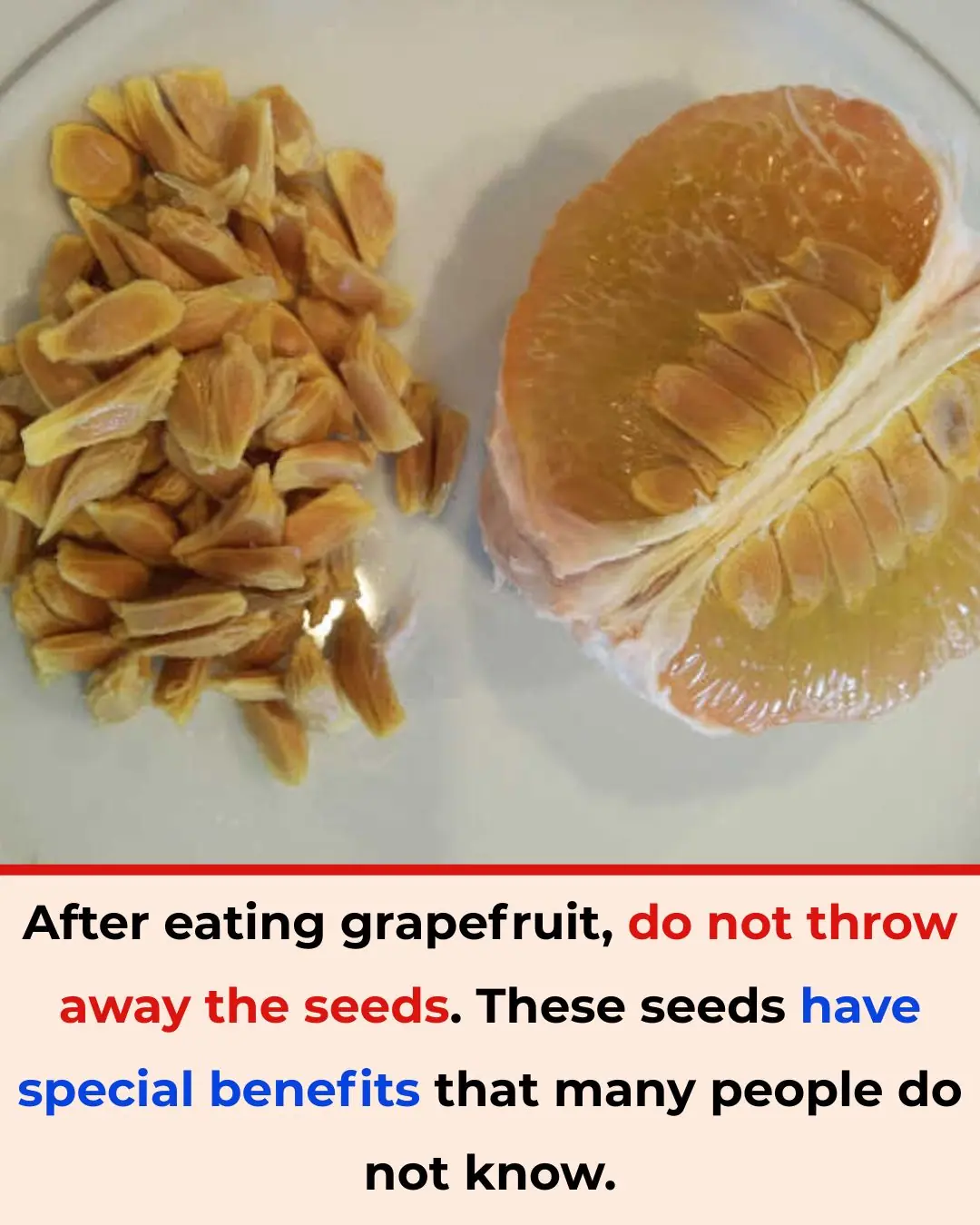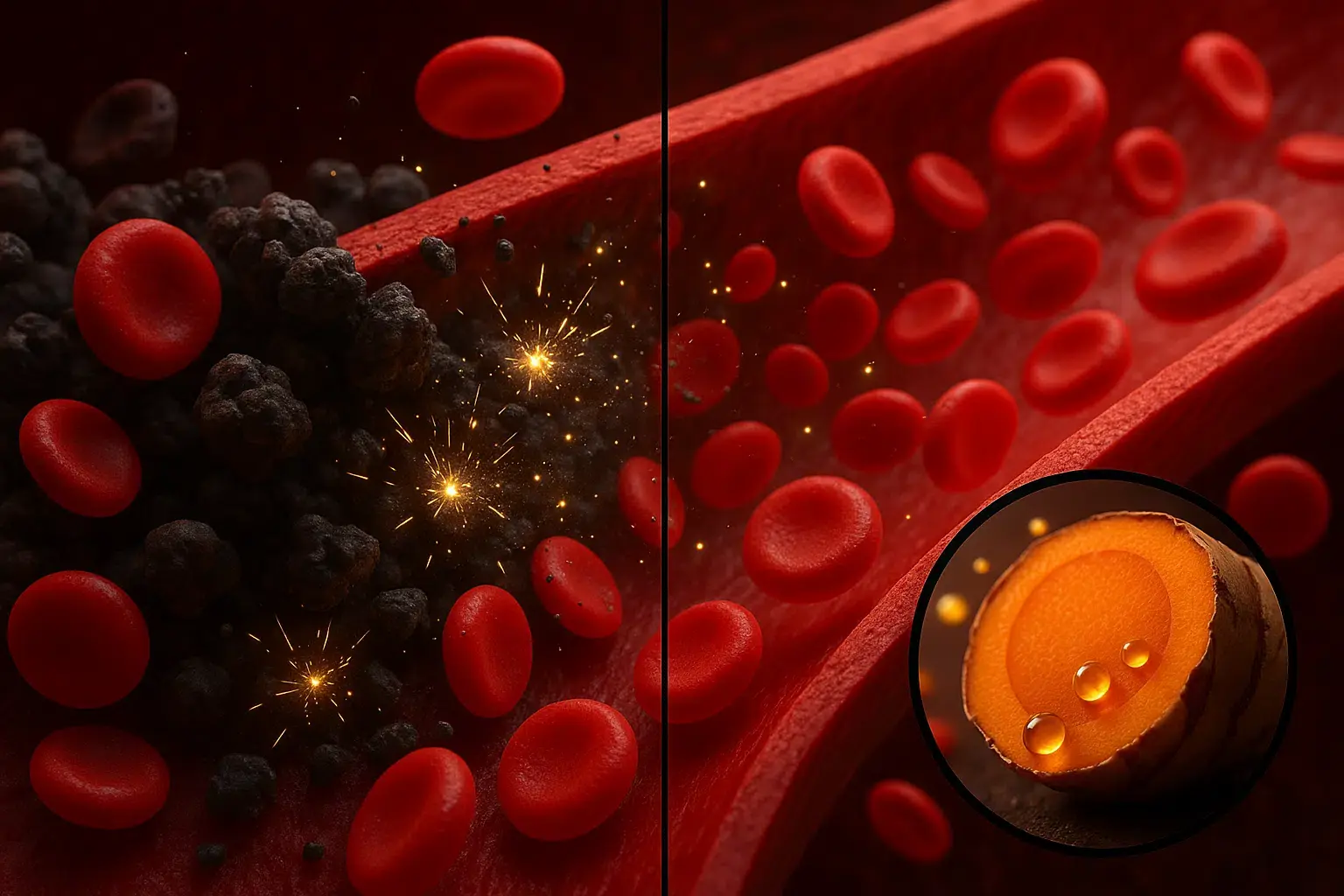
Add This Ingredient to Your Coffee: No More Yellow Teeth or Bad Breath
Few people know that just by adding a simple, familiar ingredient to your cup of coffee, you can significantly reduce the risk of yellowing teeth and unpleasant breath.
Coffee is a popular beverage, closely associated with the fast-paced modern lifestyle. A morning cup can help you feel alert, improve focus, and kick-start your day with energy. However, frequent coffee drinking comes with an undesirable “side effect”: stained teeth and bad breath.
So, what is this ingredient, why does it work, and how should you use it? Let’s take a closer look.
Why Coffee Can Stain Teeth and Cause Bad Breath
1. Tannins in Coffee Stain Teeth
Coffee contains polyphenols, especially tannins. When tannins come into contact with your teeth, they can stick to the enamel and gradually form yellow or brown stains. People who drink strong coffee daily often notice significant discoloration over time.
2. Acidic Coffee Weakens Enamel
Coffee is naturally acidic. Regular consumption can wear down the enamel, making teeth more susceptible to discoloration and cavities.
3. Coffee Can Cause Dry Mouth
Coffee has mild diuretic effects, which can reduce saliva production. A dry mouth creates an ideal environment for odor-causing bacteria to thrive, leading to bad breath.
4. Coffee With Sugar or Cream
Many people add sugar or condensed milk to coffee. Sugar feeds the bacteria in the mouth, increasing the risk of cavities and bad breath.
The Secret Ingredient: Salt
The simple “secret” is adding a small pinch of salt to your coffee.
Why Salt Works
-
Strong antibacterial effect: Salt inhibits the growth of odor-causing bacteria, reducing bad breath.
-
Neutralizes some acidity: Salt helps balance the acidity of coffee, protecting tooth enamel from erosion.
-
Enhances flavor: A tiny pinch of salt can reduce bitterness and bring out the coffee’s natural sweetness, giving a smoother, richer taste.
-
Prevents staining: Due to its mild alkalinity, salt reduces the tendency of tannins to stick to teeth.
How to Use It Correctly
-
Brew your coffee as usual, black or with milk.
-
Add a pinch of salt (about the size of your fingertip) to the cup and stir well.
-
Avoid adding too much salt, as it can overpower the coffee’s natural flavor.
Note: People with high blood pressure or salt restrictions should adjust the amount or consider rinsing the mouth with saltwater after drinking coffee for similar effects.
Other Tips to Protect Teeth While Enjoying Coffee
-
Use a straw: Drinking through a straw reduces direct contact between coffee and your teeth, minimizing staining.
-
Rinse after drinking: Rinse your mouth with water or a mild salt solution immediately after coffee to wash away residues.
-
Eat fresh fruit: Fruits like oranges, apples, and strawberries contain vitamin C and natural cleansing agents for teeth.
-
Wait 30 minutes before brushing: Brushing immediately can damage enamel softened by coffee acidity.
-
Chew sugar-free gum: Stimulates saliva, cleanses bacteria, and freshens breath.
Additional Benefits of Adding Salt to Coffee
-
Better flavor: Salt enhances the natural sweetness and reduces bitterness, giving a smoother coffee experience.
-
Reduces stomach discomfort: For those sensitive to black coffee, salt can reduce acidity and prevent digestive discomfort.
-
Sustained alertness: Balanced flavor encourages slower sipping, helping maintain alertness without being overwhelmed by strong bitterness.
Conclusion
Coffee offers numerous mental and health benefits when consumed properly. However, concerns about yellow teeth and bad breath often make people hesitant. By simply adding a small pinch of salt to your coffee, you can enjoy your favorite drink while keeping a bright smile and fresh breath.
Combined with healthy habits—rinsing after drinking, using a straw, eating fresh fruit, and maintaining oral hygiene—coffee no longer has to be the “culprit” that harms your smile or confidence in social interactions.
News in the same category


Shower Head Clogged After Long Use? Try This Method to Clean It Easily Without Spending Money

Why You Shouldn’t Wash Rice Inside the Electric Rice Cooker: A Common Mistake Many People Don’t Know

Don’t Eat Tofu Right Away After Buying It: Freezing It in the Fridge Has Amazing Benefits

Don’t Rush to Store Lemons in the Fridge — Do This Instead to Keep Them Fresh All Year Without Bitterness

Too Many Ripe Tomatoes? Try These 5 Preservation Methods to Enjoy Them All Year — Without Spending on Fresh Ones

Don’t Clean a Dirty Rice Cooker with Plain Water: Use This Trick and It’ll Shine Like New in Just 5 Minutes

Insert Two Chopsticks into a Plastic Bottle: A Simple Life Hack Every Household Should Know

Don’t Throw Away Grapefruit Seeds After Eating – They Have Special Benefits Many People Don’t Know

Placing Garlic by Your Bed: 10 “Golden” Benefits You’ll Want to Try

Electric Water Heaters Exploding Even When Not in Use: The Hidden Danger of a Common Habit

10 tips for dealing with people who think they are better than you

Never leave a charger in outlet without phone. Here are the top 6 reasons why

The Everyday Waste You Should Stop Throwing Away — Eggshells Have Amazing Hidden Uses

8 Wrong Things Women Do Without Knowing That They Are Pushing Their Man Away To Another Woman

Is Swollen or Bloated Food Packaging Safe to Eat

Without the need for a refrigerator, ancient people used these 6 ways to preserve eggs for a whole month and still be fresh and delicious

Put some in a bag of rice
News Post

Add a drop of essential oil to an onion and no matter how many mosquitoes and insects it has, they will disappear

Shower Head Clogged After Long Use? Try This Method to Clean It Easily Without Spending Money

Why You Shouldn’t Wash Rice Inside the Electric Rice Cooker: A Common Mistake Many People Don’t Know

Don’t Eat Tofu Right Away After Buying It: Freezing It in the Fridge Has Amazing Benefits

Don’t Rush to Store Lemons in the Fridge — Do This Instead to Keep Them Fresh All Year Without Bitterness

Too Many Ripe Tomatoes? Try These 5 Preservation Methods to Enjoy Them All Year — Without Spending on Fresh Ones

The “Miracle” Termite Prevention Methods for Wooden Furniture

Kelvin Fletcher and wife Liz share update as they reveal they're expecting 'new arrivals'

Don’t Clean a Dirty Rice Cooker with Plain Water: Use This Trick and It’ll Shine Like New in Just 5 Minutes

Gordon Ramsay shares health update as he reveals why he "had to come clean" over cancer diagnosis

KIM KARDASHIAN FAILS THE CALIFORNIA BAR EXAM

You’re Storing Your Winter Coats All Wrong — Here’s How to Do It Right

Why Bath Towels Have Lines — And What They Actually Do

Prince Harry and Meghan Markle roasted over deleted Kris Jenner birthday photos as fans speculate ‘embarrassing’ reasons why

You’re Storing Your Batteries Wrong — Here’s How to Do It Right

The Right Way to Clean and Care for Your Winter Boots

Why You Should Regularly Clear Cookies on Your Smartphone

The One Show’s Alex Jones in tears as she makes emotional announcement: ‘We are all so proud of you
